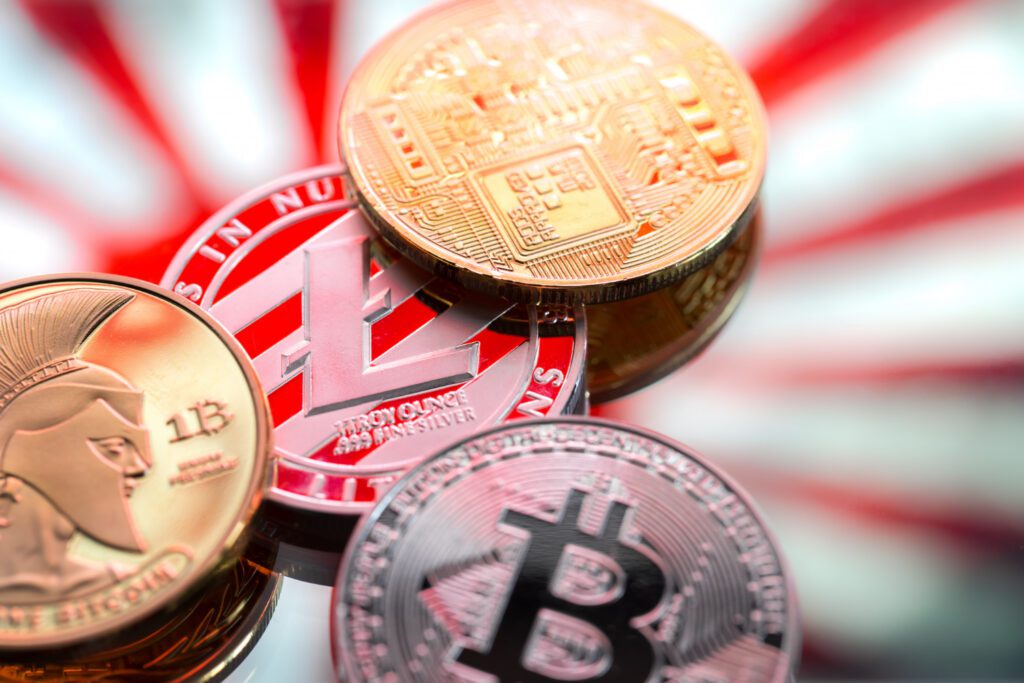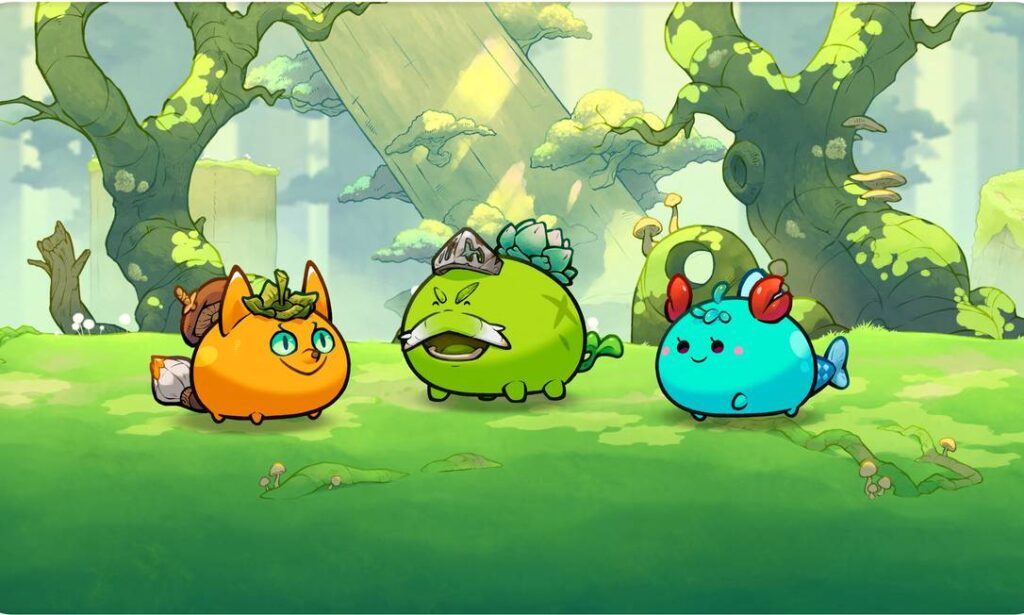In recent years, the intersection of gaming and finance has given rise to a new genre known as GameFi, which integrates blockchain technology and cryptocurrency mechanics into gaming ecosystems. This innovative approach not only enhances player engagement but also introduces new economic models that can significantly impact the gaming industry. As GameFi continues to evolve, game developers must adopt best practices for implementing crypto mechanics to ensure a seamless and rewarding experience for players. This article delves into the essential strategies and considerations for developers looking to integrate cryptocurrency into their games effectively.
Understanding GameFi: The Convergence of Gaming and Finance
GameFi represents a paradigm shift in how games are monetized and how players interact with in-game economies. By leveraging blockchain technology, developers can create decentralized ecosystems where players can earn, trade, and invest in digital assets. According to a report by DappRadar, the GameFi sector accounted for over $1.2 billion in investments in 2021, highlighting the growing interest in this space (DappRadar, 2021).

Key Components of GameFi
To successfully implement crypto mechanics, developers must understand the key components that define GameFi:
1. **Blockchain Technology**: The backbone of GameFi, blockchain provides transparency, security, and immutability. Ethereum, Binance Smart Chain, and Solana are popular choices for deploying GameFi projects.
2. **Non-Fungible Tokens (NFTs)**: NFTs enable the creation of unique in-game assets that players can own, trade, and sell. This ownership model empowers players and creates a sense of investment in the game.
3. **Play-to-Earn (P2E) Models**: P2E mechanics allow players to earn cryptocurrency or tokens by participating in gameplay. This model incentivizes engagement and can lead to a sustainable in-game economy.
4. **Decentralized Finance (DeFi) Integration**: Incorporating DeFi elements, such as staking and yield farming, can enhance the economic complexity of a game and provide additional revenue streams for players.
Best Practices for Implementing Crypto Mechanics
1. Design a Robust Economic Model
A well-structured economic model is crucial for the success of any GameFi project. Developers should consider the following aspects:
– **Tokenomics**: Define the supply, distribution, and utility of the in-game tokens. A balanced tokenomics model can prevent inflation and ensure long-term sustainability. For instance, Axie Infinity employs a dual-token system with AXS (governance token) and SLP (in-game currency) to create a balanced economy.
– **Incentive Structures**: Create incentives for players to engage with the game and its economy. This could include rewards for completing quests, participating in events, or holding NFTs. Research by the Blockchain Game Alliance indicates that games with clear incentive structures see a 30% increase in player retention (Blockchain Game Alliance, 2022).
2. Ensure Regulatory Compliance
As the regulatory landscape surrounding cryptocurrencies continues to evolve, developers must stay informed about the legal implications of their projects. This includes understanding the classification of tokens (utility vs. security), adhering to anti-money laundering (AML) regulations, and ensuring compliance with local laws. Engaging legal experts early in the development process can mitigate risks and ensure a smoother launch.
3. Prioritize User Experience
Integrating crypto mechanics should not compromise the user experience. Developers should focus on creating intuitive interfaces that simplify the onboarding process for players unfamiliar with blockchain technology. Key considerations include:
– **Wallet Integration**: Implement user-friendly wallet solutions that allow players to manage their assets seamlessly. MetaMask and WalletConnect are popular options that can enhance accessibility.
– **Educational Resources**: Provide tutorials and guides to help players understand the mechanics of the game and the underlying blockchain technology. This can foster a more engaged community and reduce barriers to entry.
4. Foster Community Engagement
Building a strong community is essential for the success of any GameFi project. Developers should actively engage with players through social media, forums, and in-game events. Encouraging player feedback can lead to valuable insights and improvements. For example, the community-driven approach of games like Decentraland has resulted in a vibrant ecosystem where players feel invested in the game’s development.
5. Implement Security Measures
Security is paramount in the world of cryptocurrencies. Developers must prioritize the protection of player assets and data by implementing robust security measures, including:
– **Smart Contract Audits**: Conduct thorough audits of smart contracts to identify vulnerabilities and ensure the integrity of the game’s economy. Companies like CertiK and Quantstamp specialize in smart contract auditing.
– **Multi-Signature Wallets**: Utilize multi-signature wallets for managing funds, which require multiple approvals for transactions, adding an extra layer of security.
Real-World Examples of Successful GameFi Implementations
Several projects have successfully integrated crypto mechanics, serving as benchmarks for aspiring developers:
– **Axie Infinity**: This P2E game has gained immense popularity, allowing players to earn tokens by battling, breeding, and trading Axies (NFTs). The game’s economic model has led to a thriving community and significant player earnings, with some players reportedly earning over $1,000 per month (CoinTelegraph, 2021).

Axie Infinity rewards players with tokens for battling, breeding, and trading.
– **The Sandbox**: A virtual world where players can create, own, and monetize their gaming experiences using NFTs and the SAND token. The Sandbox has attracted partnerships with major brands, showcasing the potential for mainstream adoption of GameFi mechanics.
– **Gods Unchained**: A trading card game that allows players to own their cards as NFTs. The game has successfully implemented a competitive play-to-earn model, enabling players to earn rewards through gameplay.
Conclusion
As the GameFi landscape continues to evolve, developers must adopt best practices for implementing crypto mechanics to create engaging and sustainable gaming experiences. By focusing on robust economic models, regulatory compliance, user experience, community engagement, and security, developers can position their projects for success in this rapidly growing sector. The integration of blockchain technology and cryptocurrency mechanics not only enhances player engagement but also opens new avenues for monetization and investment in the gaming industry.
In summary, the key takeaways for game developers looking to implement crypto mechanics in their games include:
– Design a balanced economic model with clear tokenomics and incentive structures.
– Stay informed about regulatory compliance and legal implications.
– Prioritize user experience through intuitive interfaces and educational resources.
– Foster community engagement to build a loyal player base.
– Implement robust security measures to protect player assets.
By adhering to these best practices, developers can navigate the complexities of GameFi and contribute to the future of gaming.
References:
– DappRadar. (2021). “GameFi: The Future of Gaming.” Retrieved from [DappRadar](https://dappradar.com).
– Blockchain Game Alliance. (2022). “The Impact of Incentive Structures on Player Retention.” Retrieved from [Blockchain Game Alliance](https://blockchaingamealliance.org).
– CoinTelegraph. (2021). “How Axie Infinity Became a $1 Billion Game.” Retrieved from [CoinTelegraph](https://cointelegraph.com).

